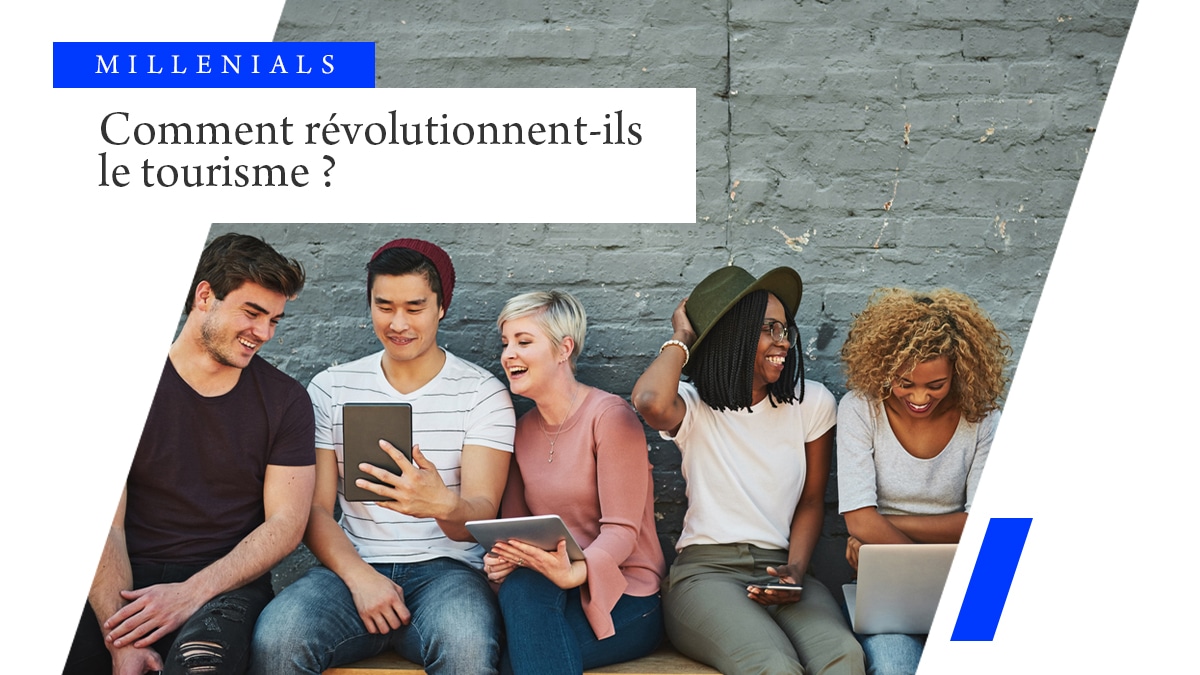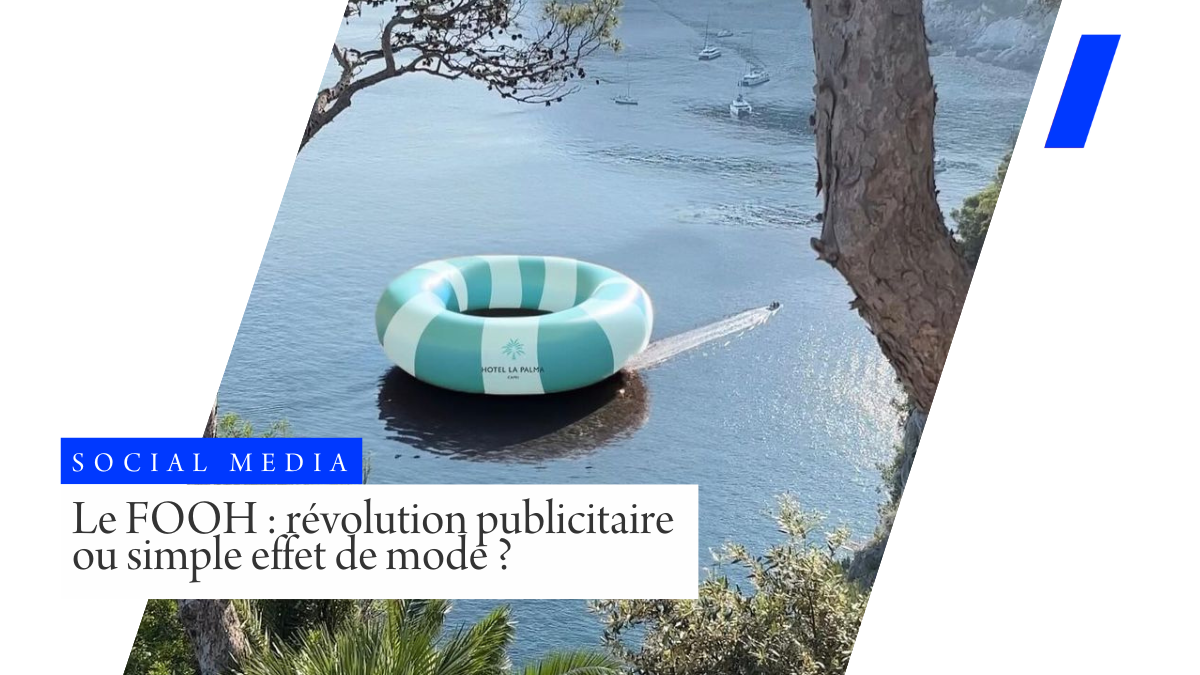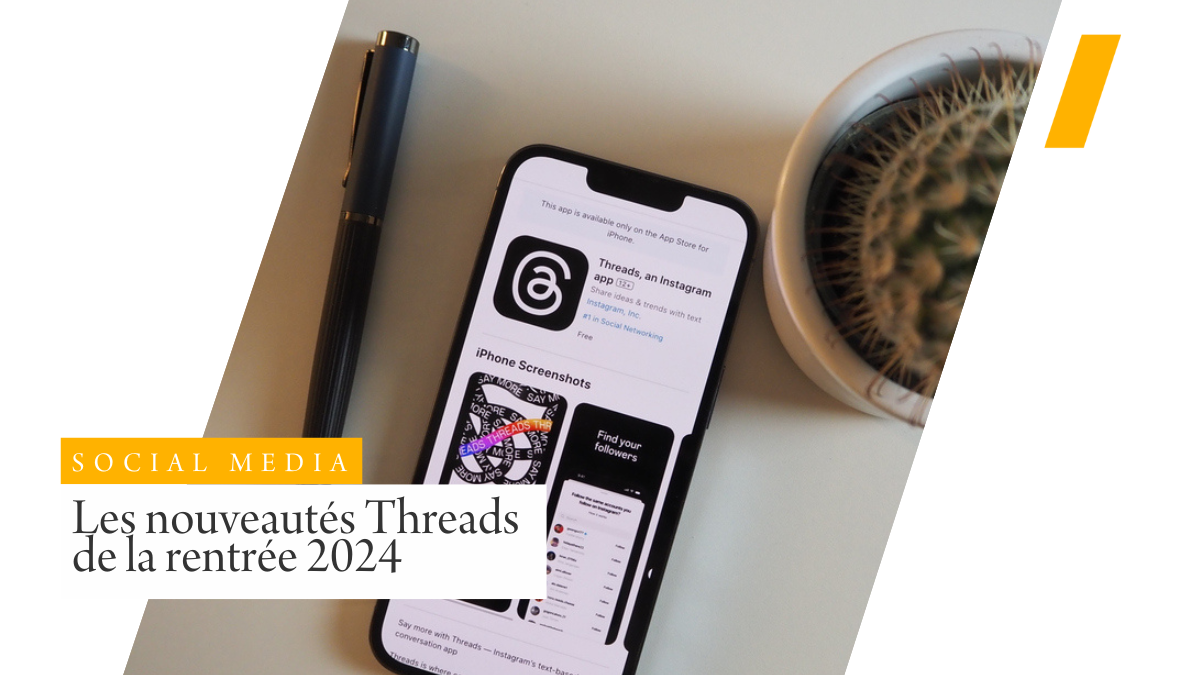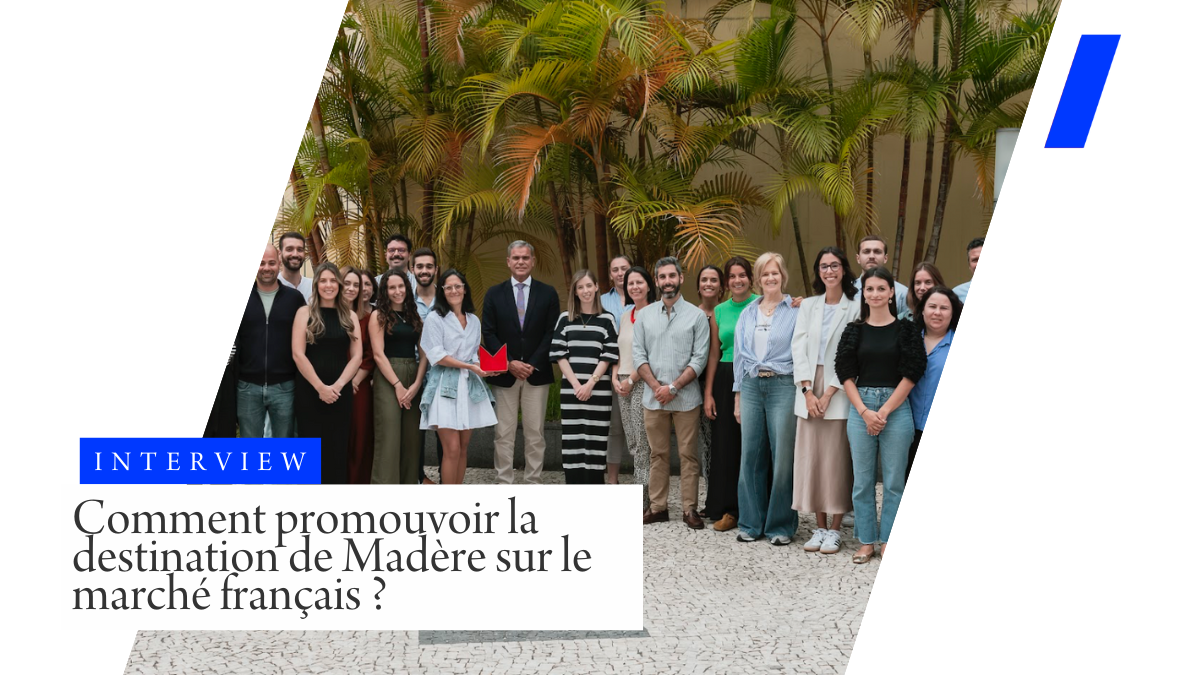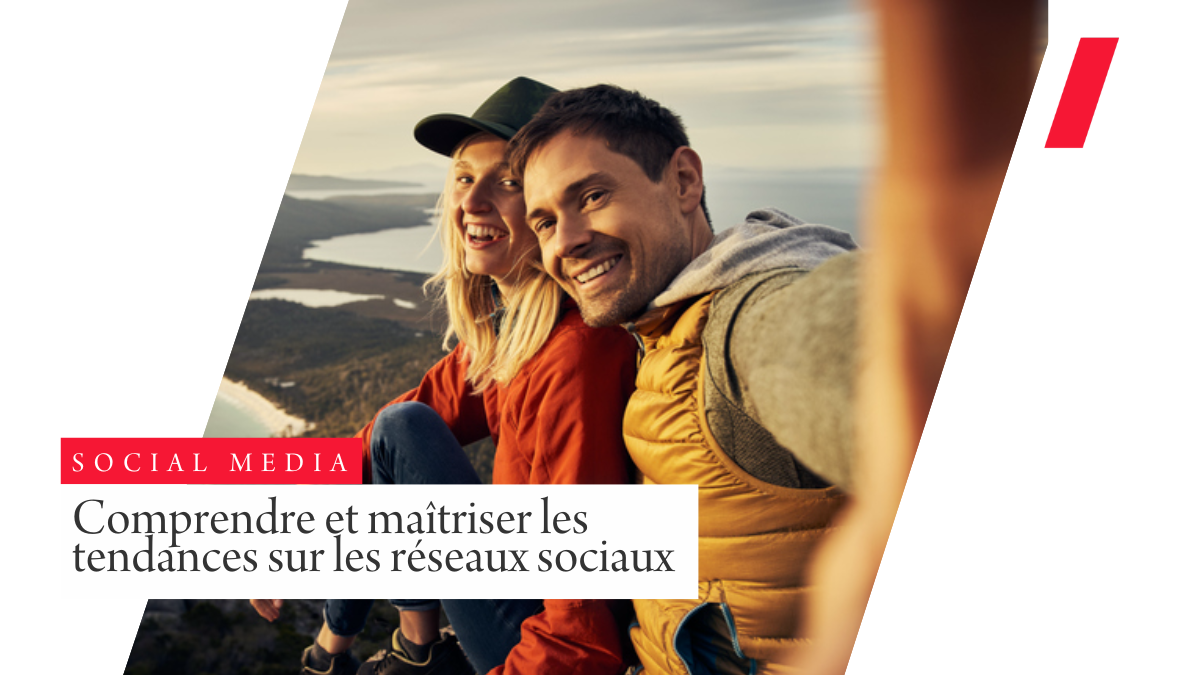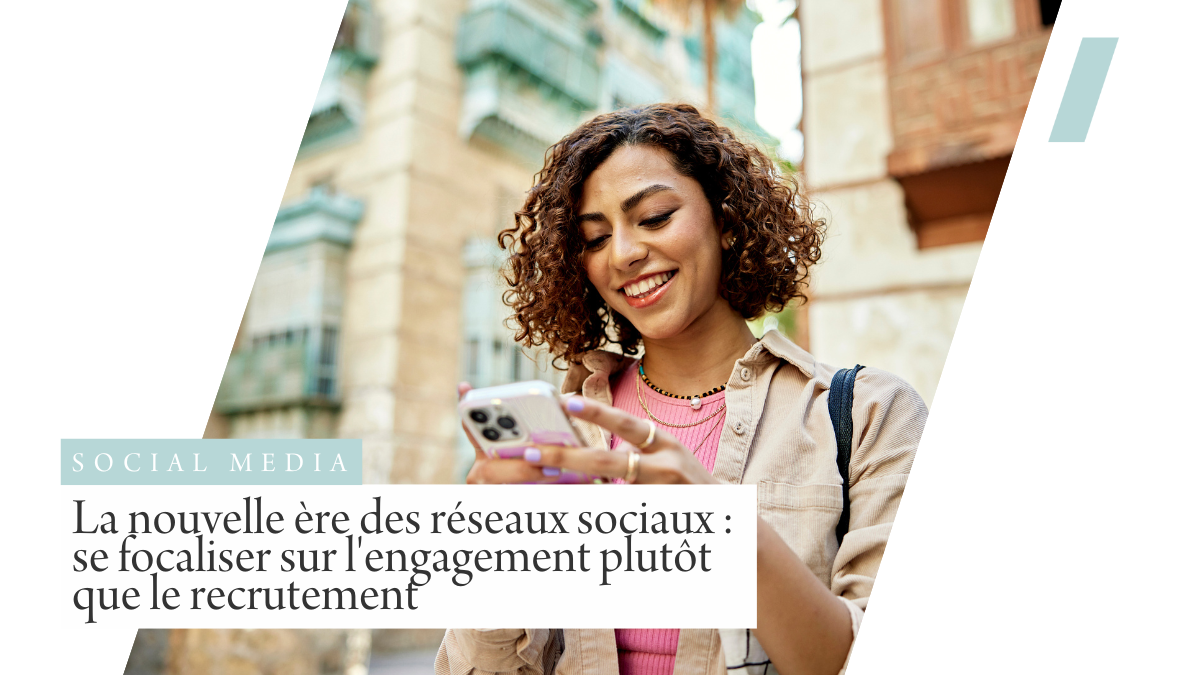Millennials, digital natives and Generation Y are the new decision-makers revolutionizing the tourism sector. They represent the clientele of today and, above all, the clientele of tomorrow. They have different expectations, specific criteria and behaviors from previous generations. Discover how they travel, what their habits are, and how they behave: discover their codes, how they act and communicate with this hyper-connected generation!
First of all, who are the Millennials? Who are they? Why do we call them Millennials?
Millennials were born between the 80s and 2000s, and grew up with the emergence of the Internet and the telephone.
Travel is at the heart of their lives, and a real experience for this generation. Millennials take 4.3 trips a year, compared with 3.1 for Baby Boomers!
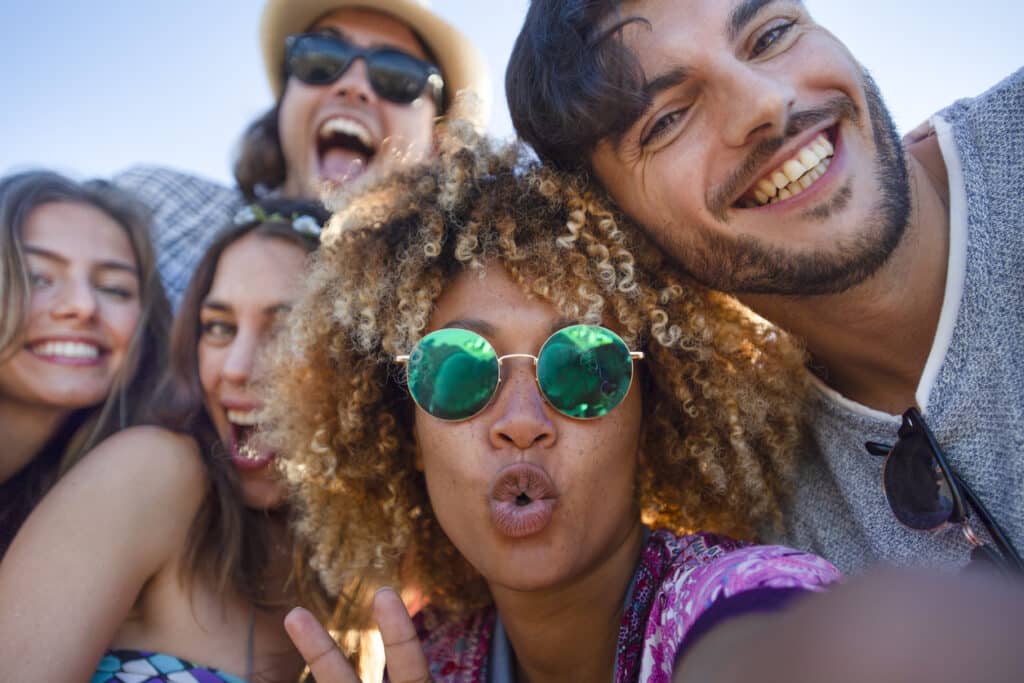
Zoom in on this generation and its characteristics:
Firstly, in terms of travel trends: Millennials are turning their trips into real experiences. Indeed, they are more interested in the authenticity of their travel experiences than in collecting souvenirs. The experience must be authentic, and by this they mean living like “locals” when they travel.
They grew up watching YouTube videos and reading blogs to learn about different countries, cultures, surroundings and so on. This is the result of a general trend towards technology and digital technology, which enables them to create social circles without even leaving their homes. They don’t usually take advice from an expert or a travel agency, but rather from friends and family and social networks. That’s what being present and active on social networks is all about for tourism professionals!
Secondly, social networks as inspiration for their travels. And how! Social networks play an important role in the lives of Millennials, and therefore in their daily inspiration. Travel is no exception: Millennials want to experience travel, but more importantly, they want to share it… on social networks. Numerous studies show that it’s more important for Millennials than non-Millennials to share their travel experiences on social networks.

As we’ve seen in this article, Instagram is the preferred place for this generation to find inspiration for their next trip, or the most Instagrammable spot to visit during their trip. Validation and integration are needs at the heart of this generation, where like and share are more than gratifying!
Did you know that 1 in 2 Millennials follows a travel influencer?
And that’s not all: another sign of the influence of networks in the world of travel for this generation: #Travel comes 3rd on Instagram.
Instagram and even TikTok are the preferred places for travel trends for this generation, so it’s not surprising, is it?
So how can brands attract this new generation? Indeed, it’s a real challenge for brands to appeal to Millennials.
It’s said that Generation Y is not loyal to brands, companies or their vacation destination, probably because they want to stand out from the crowd and be like no one else. They reject consumerism and mass tourism. However, they are evolving in a society with billions of choices, making decision-making a highly complex affair. This is why tomorrow’s challenge for brands is to know consumers better than they know themselves, so as to offer them an ultra-personalized service.
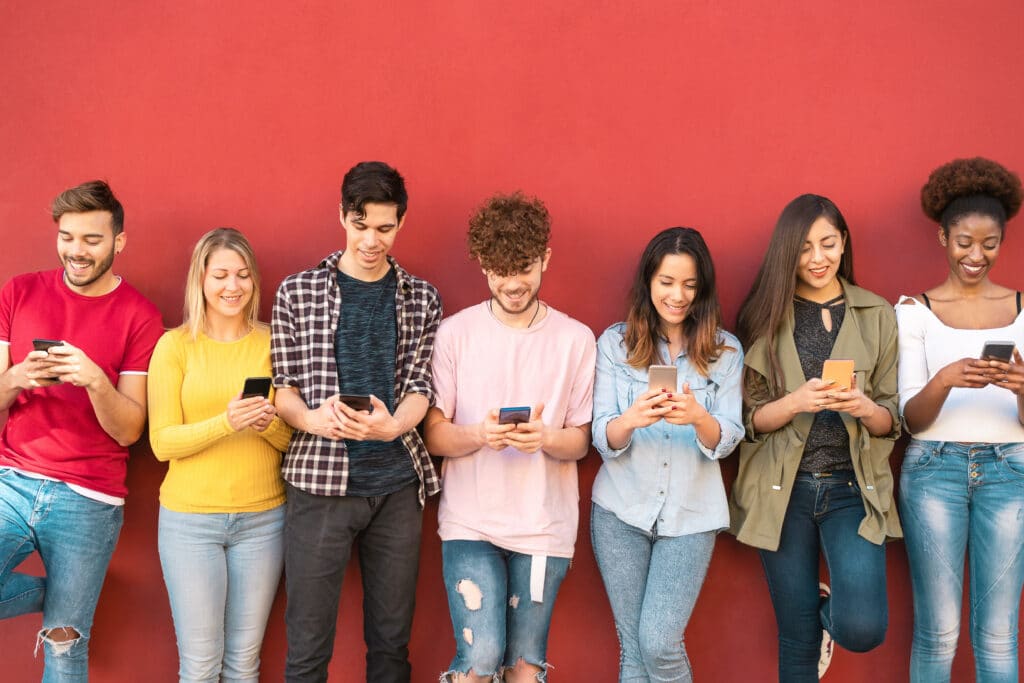
And how do you do that?
Content marketing a must! Content marketing is a long-term strategy that involves creating and distributing high-value-added content on a regular basis. This content enables you to educate, entertain and respond to your audience’s issues, thus proving your expertise. Content marketing is a real growth lever, with the key to visibility, new customers and improved customer loyalty!
It has to reach Millennials and keep them interested. This means using video, photos and text, combined with immersive storytelling, and you’re all set! Streaming platform Netflix is a top performer when it comes to content marketing to Millennials.
The second marketing lever, UGC, an acronym for “User Generated Contents”, simply refers to content created by users around a brand. A customer review is a UGC. A user sharing photos of their hotel room on Instagram is UGC. By publishing content, consumers become true brand ambassadors. The most telling example is the competition launched by the Australian Tourist Board for ” the best job in the world “. The tourist board offered a person a 6-month stay on an island paradise, with a salary of over €10,000 per month. To be selected, all you had to do was post a video of yourself explaining why you deserved the job. The video with the most votes won. Thanks to this technique, based solely on user-generated content, the destination was the source of a gigantic media coup, and became known the world over.
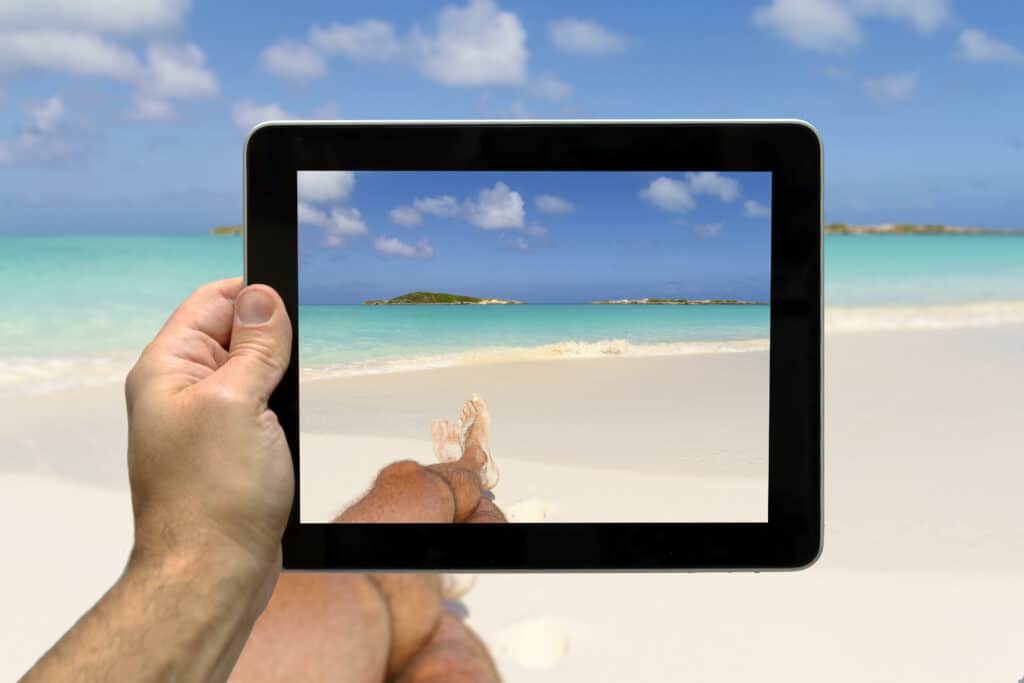
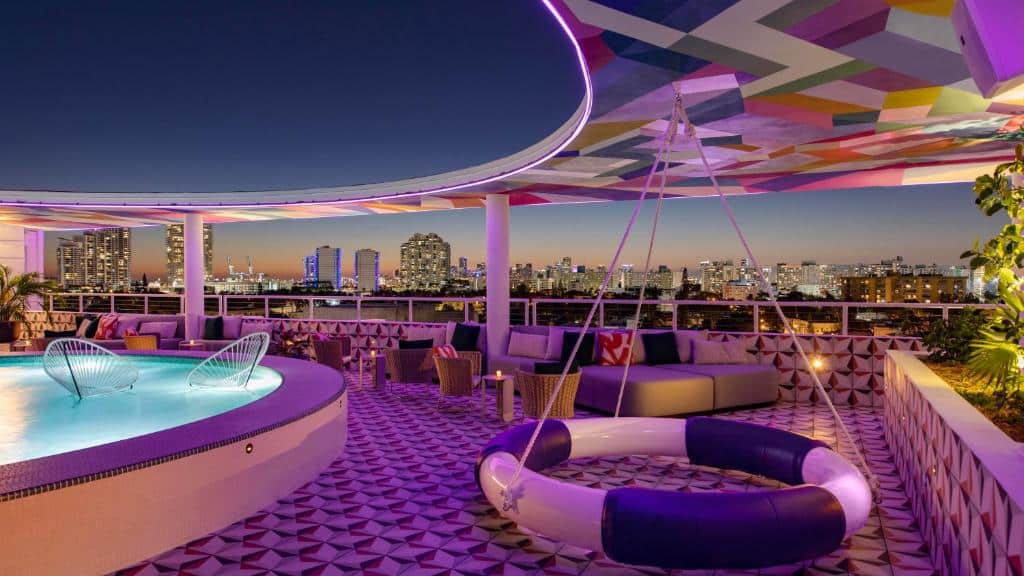
Discover other examples of campaigns that have incorporated strategies to reach Millennials in recent years:
Does the Moxy Hotel ring a bell?
The Moxy is the perfect example of a brand capable of meeting the needs of Generation Y. Last autumn, the brand by Mariott organized an evening inspired by Berlin’s prolific nightlife culture, showcasing the musical, choreographic and artistic expression that is the very essence of the city. The Moxy Hotel’s NOW + WOW communal areas, including lounges, games rooms and a bar, have been designed to appeal to a younger clientele, made up of travelers and locals, who enjoy catching up with friends and making new acquaintances without breaking the bank.
The brand presents itself as a travel experience brand that offers Millennials the opportunity to create and participate in their own unique experiences. As a group, these consumers’ attitudes towards experiences and travel are totally different from those of previous generations.
“Generation Y is allergic to anything resembling institutional marketing, and they’ve forced us to reconsider our approach when it comes to our brand experience,” says Dan Vinh, VP International Marketing, Marriott International.
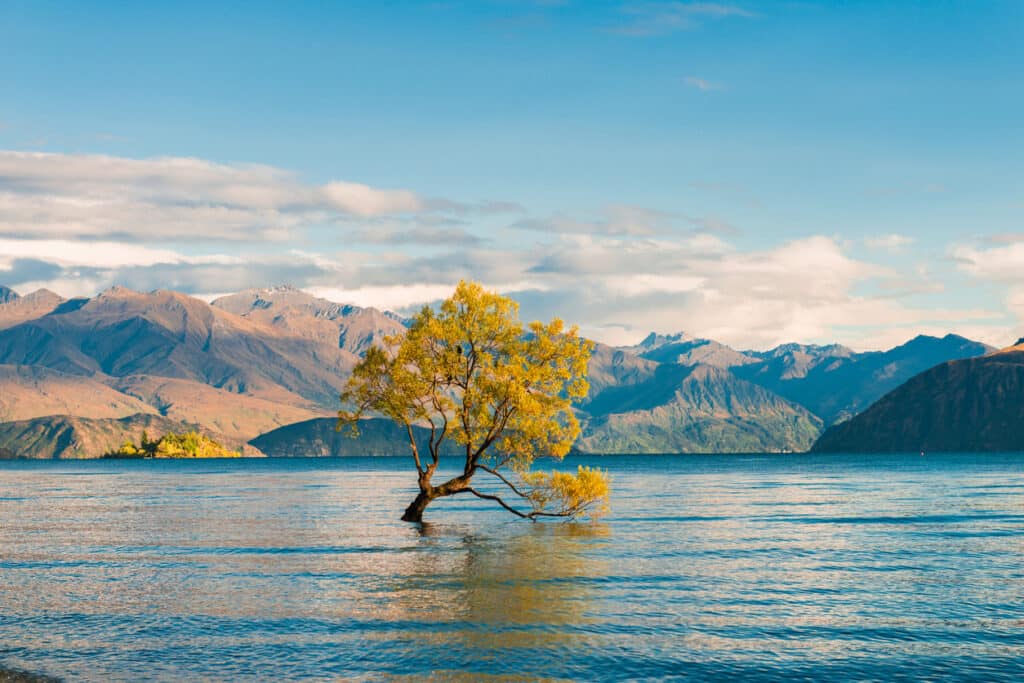
In another example, the small alpine town of Wanaka in New Zealand recorded year-on-year growth of over 14% following an influencer marketing campaign organized by the tourist office. The operation involved hosting Instagram influencers who shared their experiences on social networks.
Iceland and Jordan are just a few of the new destinations that have benefited from Millennials’ desire for original and magnificent travel experiences.
As you can see, appealing to Millennials is a real challenge for today’s society. In conclusion, by forging a global vision of Millennials, taking their importance into account, and deploying content and experiences that appeal to them, tourism marketers can seduce and attract this new generation of travelers for sure!
